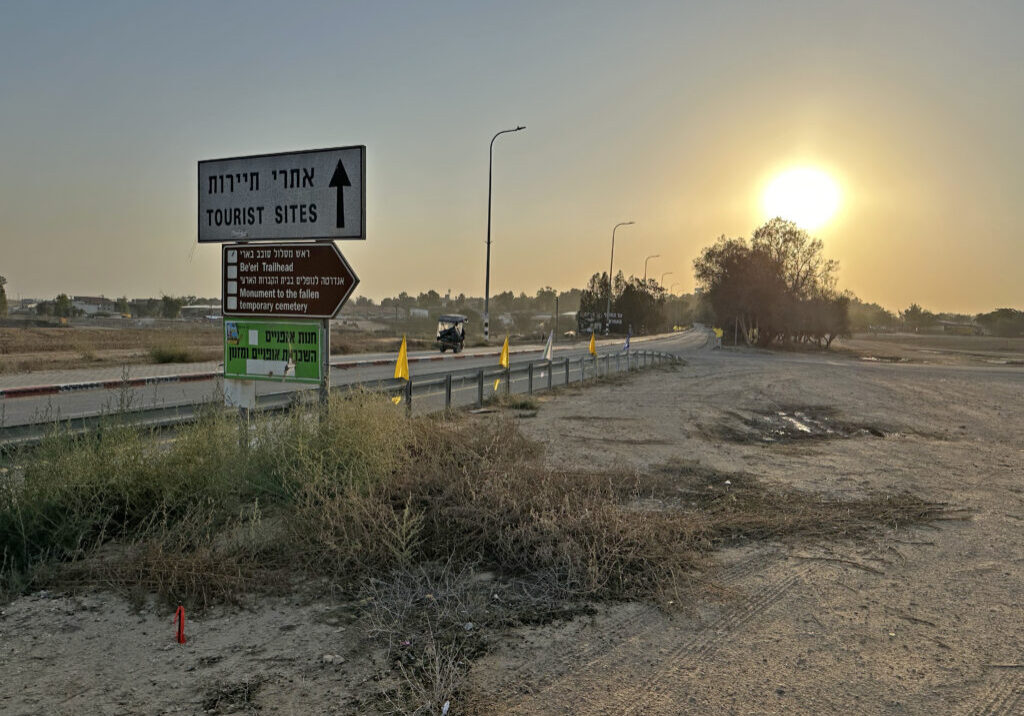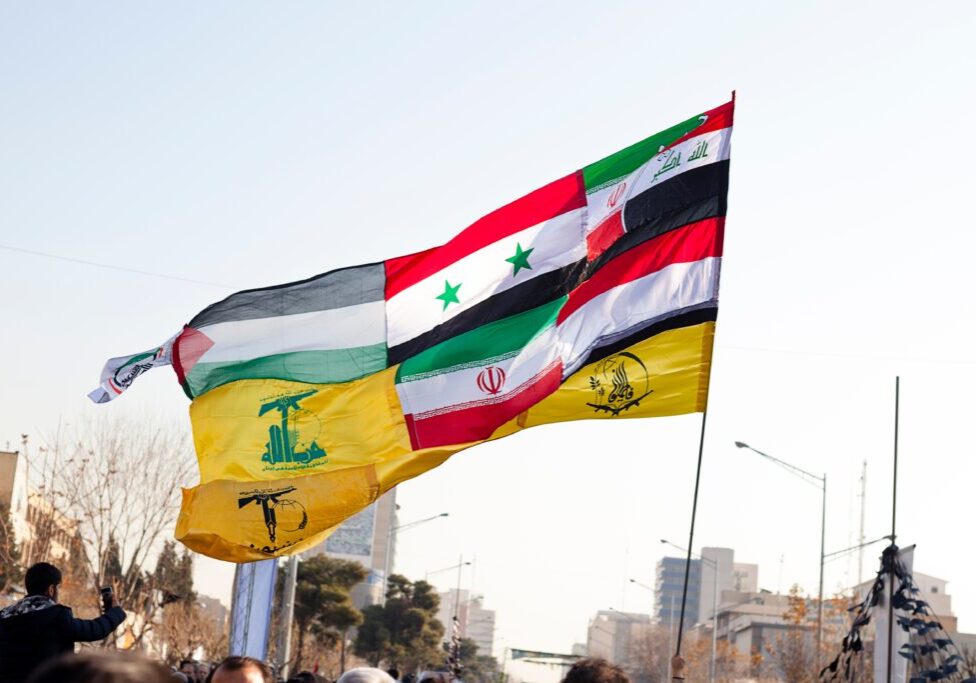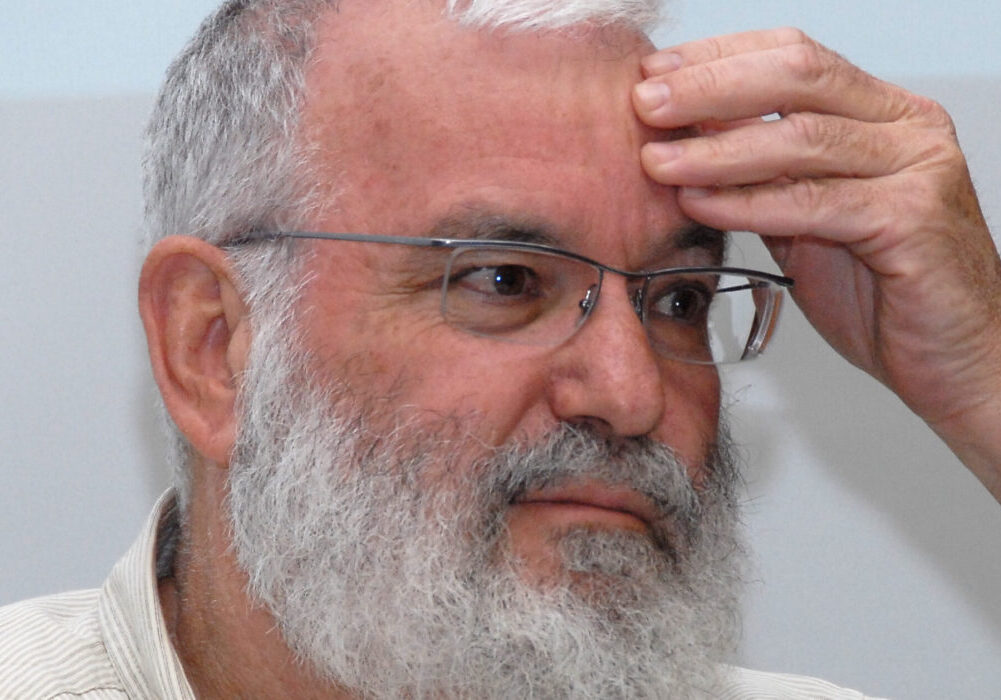Australia/Israel Review
Settling in on settlements
May 8, 2017 | Elliott Abrams

Elliott Abrams
Israeli settlement activity was in the news in early April because the Trump Administration had been steadily defining its policy.
What has emerged is a good policy: sensible, flexible, and realistic. Which is to say, it’s a lot like Bush policy.
Obama policy had made construction in the settlements a sore point for eight full years. This was one reason among many for the constant tension between the government of Israel and that of the United States during all of Mr. Obama’s term in office.
What are the terms of the agreement between the Netanyahu government and the Trump Administration? First, there is no written agreement and that’s a good thing. There are understandings. That means there can be some arguments, but no accusations that “you’re violating what you signed!” Second, the Trump Administration understands that Jerusalem is Israel’s capital and does not view construction there as “settlement activity.” Third, there will be no new settlements built except the one being created for the people evicted from Amona, a settlement deemed illegal by the Israeli Supreme Court. Netanyahu apparently persuaded the Administration that he had made that commitment last year, before the Trump presidency, and needed to keep it. Fourth, new construction in settlements in the West Bank will be in already built-up areas, or if that’s impossible, as close to them as possible. Fifth, there will be some restraint in the pace of settlement expansion. Sixth, apparently Netanyahu agreed not to permit new “outposts” to be built – small groups of houses erected without government permission. And finally, there will be no annexation of land in the West Bank.
This is very close to the Bush-Sharon understandings of 2003 and 2004. Our “deal” was no new settlements, no seizure of additional land for settlements, construction in already built-up areas, and no financial inducements to move to a settlement (e.g. a cheap, government-provided mortgage). The goals are the same: to limit the physical expansion of settlements so that the Israeli footprint in the West Bank does not become larger and larger; to keep most population growth in the larger blocks that will remain with Israel in any final status agreement; and to prevent this issue from occupying centre stage and being a constant irritant to the two governments.
This is smart. The alternative approach, that of the Obama Administration under George Mitchell, Hillary Clinton, John Kerry, and Barack Obama, was not. By treating all construction – in Jerusalem, the major blocks, and the smallest outlying settlements – exactly the same, that Obama approach created a huge Israeli consensus against US policy. The Trump approach is politically sensible: most Israelis do not think of construction in Jerusalem or the big settlements like Ma’ale Adumim to be anything like construction in some tiny settlement far beyond the Israeli security barrier. So this deal should be sustainable.
There will no doubt be arguments, as noted, over some questions: for example, is some new apartment house really as close to the already built-up area as it can be? But we dealt with such matters in the Bush years. The prime minister’s office would call, we’d discuss what was planned, and we would not allow these things to sour the terrific relationship between the president and the prime minister, or between the two governments. That’s the way it should be, and that appears to be what President Trump has in mind.
Elliott Abrams is senior fellow for Middle Eastern studies at the Council on Foreign Relations (CFR) in Washington, DC. He served as Deputy Assistant to the President and Deputy National Security Advisor in the Administration of President George W. Bush, where he supervised US policy in the Middle East for the White House. © CFR, reprinted by permission of the author, all rights reserved.
Tags: Israel






